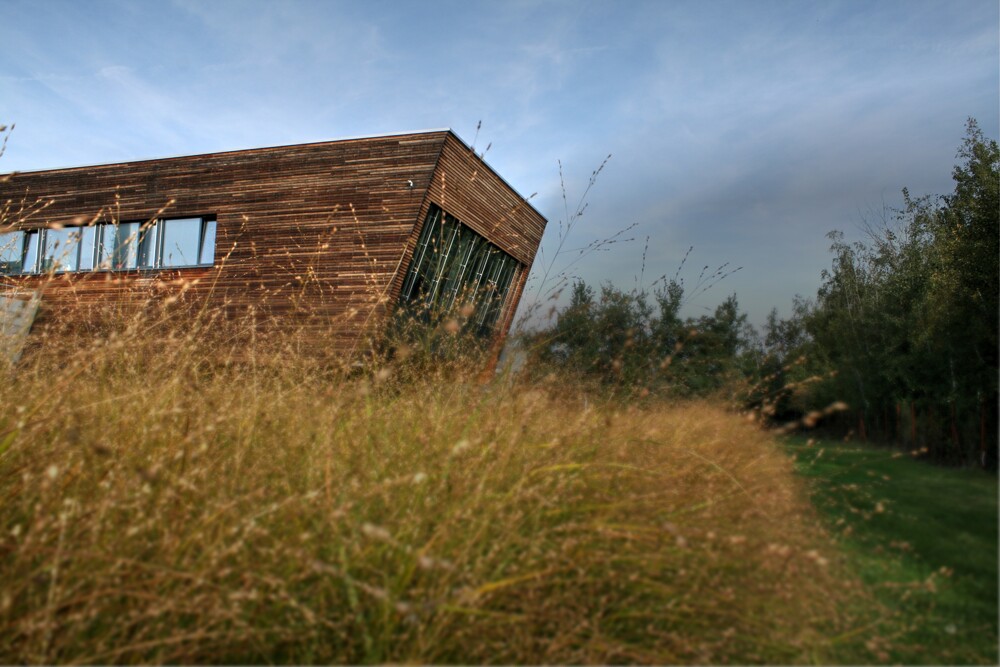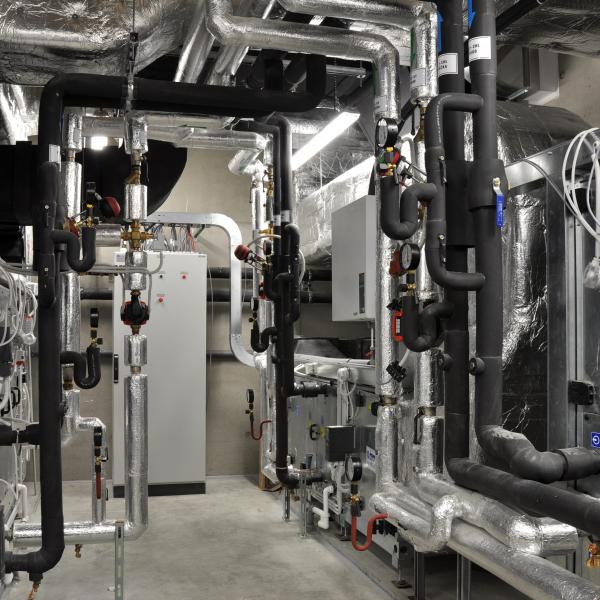

The CTU University Centre for Energy Efficient Buildings is developing together with Energocentrum Plus a system for the automatic detection and diagnosis of errors in the technical equipment of buildings, which will make it possible to detect uneconomical ways of operating technologies based on already existing monitoring and data collection.
The research department Quality of the internal environment of CTU UCEEB responds to the current trend of reducing the energy efficiency of buildings and at the same time focuses on a weak point in the form of uneconomical operation of their technologies. The current FaDeDiS project follows on from the previous development of diagnostics focused on air handling units, their malfunctions and faulty operation, compared to which it expanded its scope to include other technical building equipment (TZB), such as boiler rooms, heat exchangers, hot water storage tanks, boiler cascades, etc.
Failures in TZB systems occur throughout the entire life cycle of the equipment. The causes are various from inappropriate design to unprofessional installation to incorrect operation or operation. Improper operation constitutes the largest group generating errors. Currently, most technologies in buildings are monitored and both current and historical data are available in cloud-based dispatch services (SCADA). These usually contain information about errors or inefficient operation, but they are not sufficiently extracted in order to optimize the functioning of the technologies.
Automatic diagnostics and detection thus form a link between the recorded error and the end user, to whom this error is reported, including a proposal for its elimination. Currently, the diagnostics includes 61 tests for checking air-conditioning units and 27 tests for the area of heating systems. Thanks to the automatic detection of operating errors, it is possible to save several percent of energy - according to the literature 3 - 30%, in some cases up to 50%. In addition, timely detection of errors leads to an extension of the life of the equipment and contributes to ensuring comfort in the building.